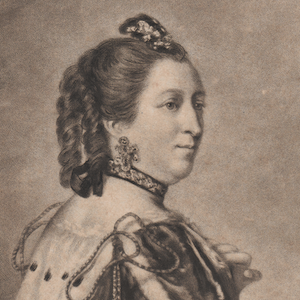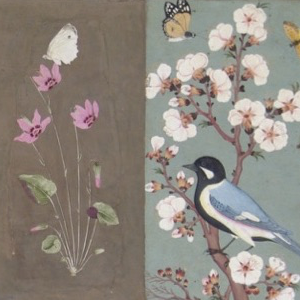Nebahat Avcıoğlu “In the middle of the eighteenth century,” writes art historian Donald Preziosi, “an argument began to be made that sensory knowledge had a perfection of its own, which in its way was analogous to that of logic or ‘reason’.”[1] This volume contends that albums and album-making played an…
Introduction: The Culture of Albums in the Long 18th Century







